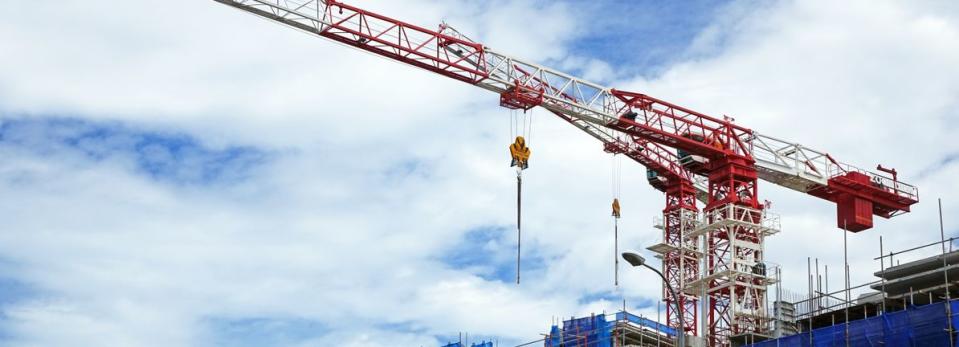We Think Alstom (EPA:ALO) Can Stay On Top Of Its Debt

Legendary fund manager Li Lu (who Charlie Munger backed) once said, 'The biggest investment risk is not the volatility of prices, but whether you will suffer a permanent loss of capital. So it seems the smart money knows that debt - which is usually involved in bankruptcies - is a very important factor, when you assess how risky a company is. We note that Alstom SA (EPA:ALO) does have debt on its balance sheet. But should shareholders be worried about its use of debt?
When Is Debt A Problem?
Debt and other liabilities become risky for a business when it cannot easily fulfill those obligations, either with free cash flow or by raising capital at an attractive price. In the worst case scenario, a company can go bankrupt if it cannot pay its creditors. However, a more usual (but still expensive) situation is where a company must dilute shareholders at a cheap share price simply to get debt under control. Of course, debt can be an important tool in businesses, particularly capital heavy businesses. The first step when considering a company's debt levels is to consider its cash and debt together.
See our latest analysis for Alstom
How Much Debt Does Alstom Carry?
The image below, which you can click on for greater detail, shows that Alstom had debt of €1.10b at the end of March 2019, a reduction from €1.71b over a year. But it also has €3.43b in cash to offset that, meaning it has €2.33b net cash.
How Healthy Is Alstom's Balance Sheet?
Zooming in on the latest balance sheet data, we can see that Alstom had liabilities of €8.07b due within 12 months and liabilities of €1.19b due beyond that. Offsetting this, it had €3.43b in cash and €3.65b in receivables that were due within 12 months. So it has liabilities totalling €2.17b more than its cash and near-term receivables, combined.
Alstom has a market capitalization of €8.37b, so it could very likely raise cash to ameliorate its balance sheet, if the need arose. But it's clear that we should definitely closely examine whether it can manage its debt without dilution. While it does have liabilities worth noting, Alstom also has more cash than debt, so we're pretty confident it can manage its debt safely.
In addition to that, we're happy to report that Alstom has boosted its EBIT by 46%, thus reducing the spectre of future debt repayments. The balance sheet is clearly the area to focus on when you are analysing debt. But ultimately the future profitability of the business will decide if Alstom can strengthen its balance sheet over time. So if you want to see what the professionals think, you might find this free report on analyst profit forecasts to be interesting.
Finally, while the tax-man may adore accounting profits, lenders only accept cold hard cash. Alstom may have net cash on the balance sheet, but it is still interesting to look at how well the business converts its earnings before interest and tax (EBIT) to free cash flow, because that will influence both its need for, and its capacity to manage debt. In the last three years, Alstom's free cash flow amounted to 34% of its EBIT, less than we'd expect. That's not great, when it comes to paying down debt.
Summing up
Although Alstom's balance sheet isn't particularly strong, due to the total liabilities, it is clearly positive to see that it has net cash of €2.33b. And it impressed us with its EBIT growth of 46% over the last year. So we don't have any problem with Alstom's use of debt. Given Alstom has a strong balance sheet is profitable and pays a dividend, it would be good to know how fast its dividends are growing, if at all. You can find out instantly by clicking this link.
Of course, if you're the type of investor who prefers buying stocks without the burden of debt, then don't hesitate to discover our exclusive list of net cash growth stocks, today.
We aim to bring you long-term focused research analysis driven by fundamental data. Note that our analysis may not factor in the latest price-sensitive company announcements or qualitative material.
If you spot an error that warrants correction, please contact the editor at editorial-team@simplywallst.com. This article by Simply Wall St is general in nature. It does not constitute a recommendation to buy or sell any stock, and does not take account of your objectives, or your financial situation. Simply Wall St has no position in the stocks mentioned. Thank you for reading.

 Yahoo Finance
Yahoo Finance 
